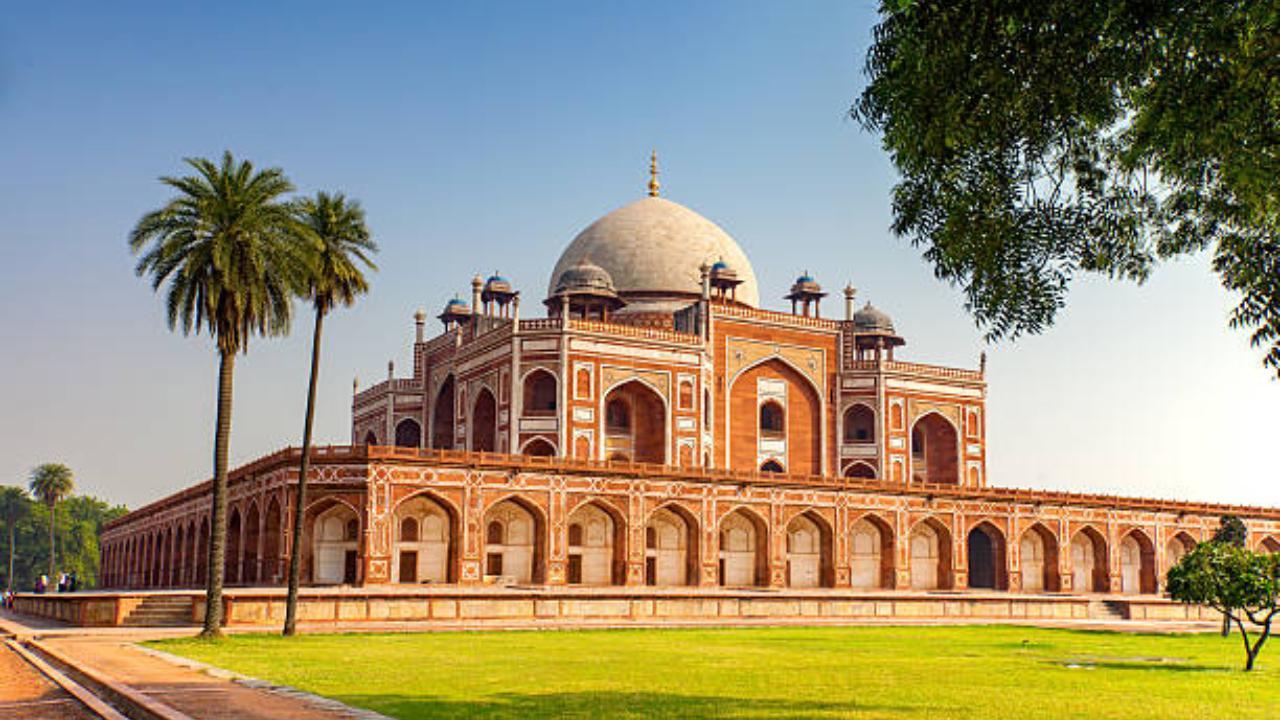The museum marries modern 21st-century architecture with Mughal-era craftsmanship

Humayun's Tomb, Delhi (Pic: iStock)
India's first sunken museum at the heritage Humayun's Tomb site in Delhi is all set for its inauguration next week. The museum marries modern 21st-century architecture with Mughal-era craftsmanship.
ADVERTISEMENT
The museum, whose layout is inspired by the medieval 'baolis' or traditional water tanks, is slated to be inaugurated by Union Culture Minister Gajendra Singh Shekhawat on July 29, coinciding with the ongoing meeting of the World Heritage Committee (WHC) in the national capital, an official source told PTI.
India is hosting the 46th session of the WHC in New Delhi from July 21-31 at the Bharat Mandapam. It is hosting a key event of UNESCO for the first time.
The 16th-century tomb is one of the three UNESCO World Heritage Sites in Delhi, the other two being Qutub Minar and Red Fort.
The Aga Khan Trust for Culture (AKTC) is building the museum on behalf of the Archeological Survey of India (ASI) as part of the urban renewal initiative. According to AKTC, the museum has been constructed at the entrance zone of the world heritage complex and would serve as a bridge between the three sites of Nizamuddin, Sunder Nursery and the 16th-century tomb.
Large Sheesham-made doors in galleries evoke the aura of the grand 'Darwaza' (entrance gateways) seen in Mughal-era monuments, while ancient artefacts help weave the centuries-old stories of Nizamuddin and its famed monuments and heritage sites. Architectural models of the sacred Nizamuddin Dargah, along with its baoli, made of wood, and of many other landmarks in the neighbourhood are an added attraction.
Work began on the construction of the country's first sunken museum at the iconic 16th-century tomb here in April 2015.
"Besides, several other finials, sandstone and marble elements, terracotta pipes, over 400 earth toys found at the site of nearby Isa Khan's tomb, among others will also be housed," the official said.
The design is inspired from the baolis, which are sunken and yet allow natural lighting and ventilation, he said.
The project was earlier planned to be inaugurated in 2017.
(With inputs from PTI)
Also Read: Celebrity investments: Hot spots in Mumbai's Western suburbs revealed
 Subscribe today by clicking the link and stay updated with the latest news!" Click here!
Subscribe today by clicking the link and stay updated with the latest news!" Click here!







